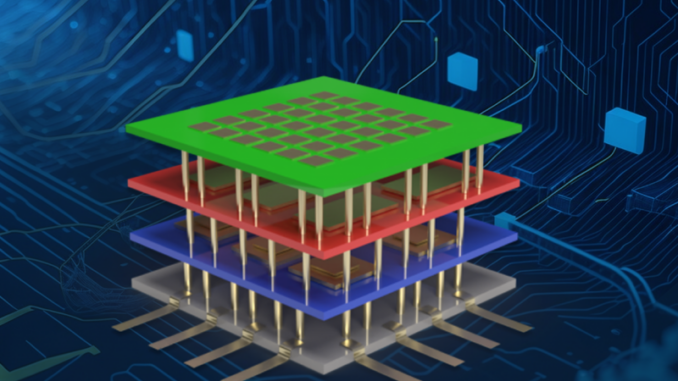
Fittingly, Brice Ominski and Kevin Donovan began their conversation on episode 17 of CAF News last month with the “big news,” or Nvidia’s announcement of a new chip line for the Blackwell Ultra GPU, the AI Model Gemini, and what the two developments mean.
Ominski kicked it off by noting that “we may be underestimating” Nvidia’s announcement.
Donovan expanded on that during the discussion, which was entitled “𝐀𝐈, 𝐈𝐧𝐭𝐞𝐠𝐫𝐚𝐭𝐢𝐨𝐧, 𝐚𝐧𝐝 𝐭𝐡𝐞 𝐍𝐞𝐱𝐭 𝐄𝐫𝐚 𝐨𝐟 𝐈𝐓 𝐀𝐫𝐜𝐡𝐢𝐭𝐞𝐜𝐭𝐮𝐫𝐞,” with the following thoughts.
“The numbers look amazing,” he said. “This is going to have real consequence for how people architect solutions. Blackwell Ultra on the Local Area Network is going be exposing to a lot of processing power and yes, you’re probably going to want that power with as little latency as you can possibly get it. too. You’re going to have to be reassessing your infrastructure, not to mention your energy consumption, cooling.”
Ominski added: “There are five things that we’ve looked at that are going to change directly with this increased power and the adoption from a practical application. First, you’re getting to get accelerated AI workloads as you go forward, so you’re getting better inferences, probably more thorough and quicker inferences for things like data analytics. You’re enhancing your data center performance.”
“Everybody wants faster performance. I don’t see us somehow losing demand for these chips, as we go forward. It’s a different type of computing. People want more. You start to go to advanced workstation capabilities. So now we can actually do more. As you start to get more powerful, you also enable different types of qualitative reasoning around things like simulations and stuff like that. We start to look at enhanced IT infrastructure, so I think we’re going to see this idea now that there’s going to be a difference in my architectures between cloud APIs that may be leveraged Blackball from remote data centers, where you have very poor performance on the network sending messages versus applications that are going to require much better performance, and actually start looking at on-prem or close-by data centers to enhance the connectivity of everything. We’re actually going to see some real changes in the way we architect for artificial intelligence going forward. “
In summary, the overall session explored:
“The pace of AI-driven transformation is staggering. NVIDIA’s ultra-GPU series pushes performance boundaries. While AI-generated content makes deepfakes indistinguishable from reality, there is a real shift toward business use cases that require greater performance. We are moving from static AI content to dynamic, intelligent systems delivering more dynamic insights.
💡𝐄𝐧𝐭𝐞𝐫𝐩𝐫𝐢𝐬𝐞 𝐈𝐦𝐩𝐚𝐜𝐭:
🔹 𝐀𝐈 & 𝐓𝐫𝐮𝐬𝐭 – As AI-generated content becomes more advanced, enterprises must rethink integration performance while considering verification, security, and governance.
🔹 𝐈𝐬 𝐈𝐧𝐭𝐞𝐠𝐫𝐚𝐭𝐢𝐨𝐧 𝐀𝐫𝐜𝐡𝐢𝐭𝐞𝐜𝐭𝐮𝐫𝐞 𝐭𝐡𝐞 𝐧𝐞𝐰 𝐁𝐚𝐭𝐭𝐥𝐞𝐠𝐫𝐨𝐮𝐧𝐝 – AI, quantum computing, and ultra-fast networks demand a new approach to IT architecture. Simply picking a vendor tool won’t cut it—mastering integration fundamentals is the real advantage.
🔹 𝐀𝐫𝐜𝐡𝐢𝐭𝐞𝐜𝐭𝐬 𝐌𝐮𝐬𝐭 𝐄𝐯𝐨𝐥𝐯𝐞 – AI-driven applications and agentic technologies will redefine how we architect systems, extract insights, and enable intelligent automation at scale.”
The enjoy the rest of the analysis on the YouTube channel visit: https://lnkd.in/dhfkqcVs.
